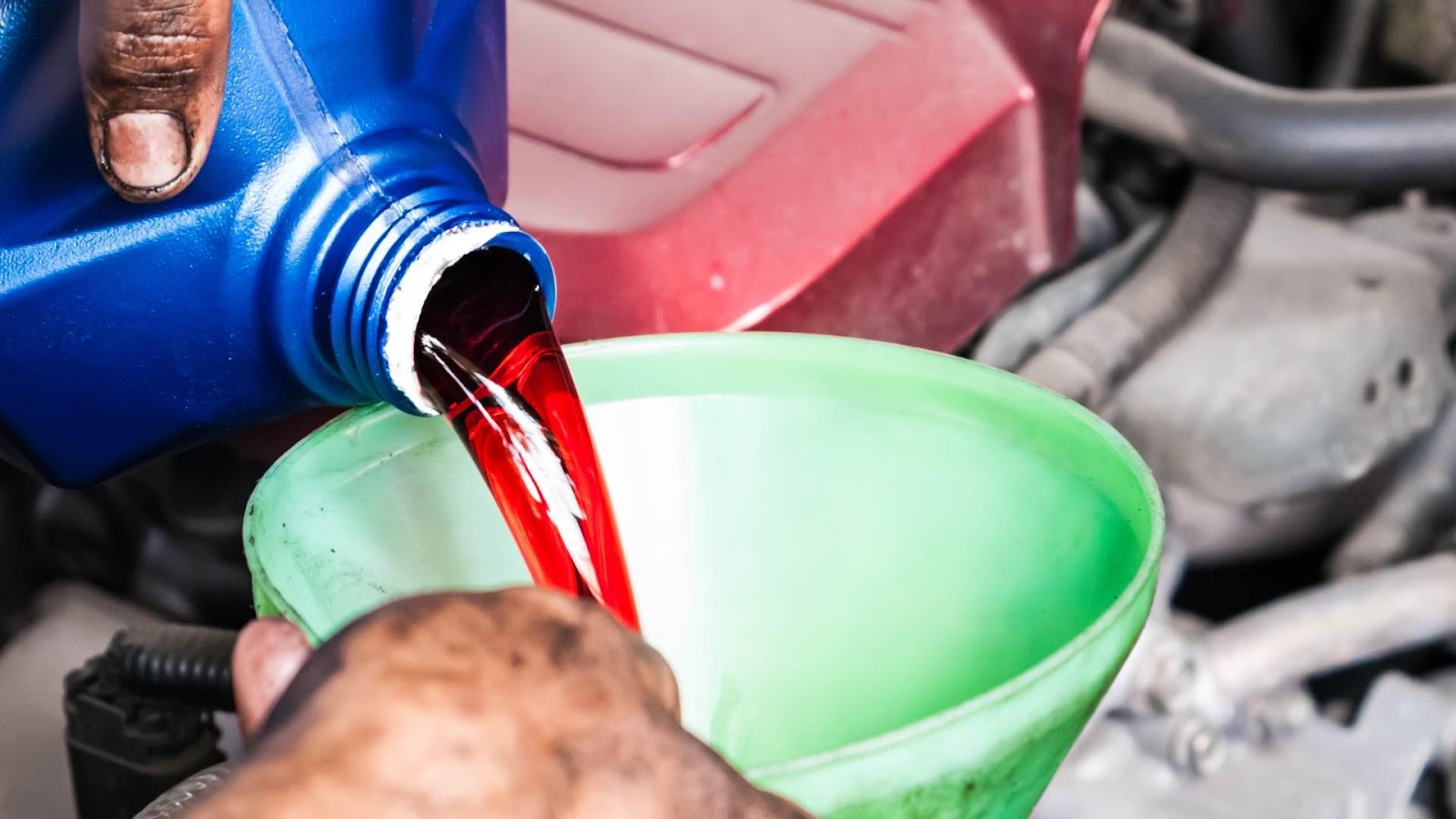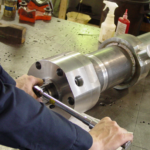
Maintaining a 4×4 vehicle requires special attention, especially when it comes to its differential and transmission systems. These critical components are what give a 4×4 its robust off-road capabilities. Regular fluid changes in these systems are not just routine maintenance tasks; they are pivotal to the longevity and performance of your 4×4. Let’s explore why regular fluid changes are so crucial.
1. Understanding the Role of Differential and Transmission Fluids
The transmission and differentials in a 4×4 are responsible for transmitting power from the engine to the wheels, allowing for effective handling on various terrains. The fluids in these systems lubricate moving parts, reduce friction, and dissipate heat. Over time, this fluid degrades, losing its effectiveness and potentially causing damage to the components it’s meant to protect.
2. Preventing Wear and Tear
The primary benefit of regular fluid changes is the prevention of wear and tear. Clean fluid maintains its lubricating properties and protects the gears and bearings in the differential and transmission from premature wear. Without this lubrication, the increased friction can lead to overheating and eventual breakdown of these components.
3. Maintaining Performance
A 4×4 is often subjected to harsh conditions, whether tackling rugged trails or hauling heavy loads. Fresh transmission and differential fluids ensure that these systems operate smoothly, providing optimal power and torque delivery. This translates to a more responsive and reliable off-road performance.
4. Extending Vehicle Life
Regular fluid changes can significantly extend the life of your 4×4’s transmission and differentials. By keeping these components well-lubricated and free from debris, you reduce the risk of costly repairs and replacements down the line. In essence, regular fluid maintenance is a small investment that pays dividends in extending the lifespan of your vehicle.
5. Identifying Potential Issues Early
Changing the fluids also provides an opportunity to identify and address potential issues before they become major problems. During a fluid change, the presence of metal shavings or an unusual amount of debris can be an early indicator of internal wear or damage.
6. Recommended Maintenance Schedule
Consult your vehicle’s manual for the manufacturer’s recommended fluid change schedule. Generally, a good rule of thumb for 4×4 vehicles, particularly those used in demanding conditions, is to change the transmission and differential fluids every 30,000 to 60,000 miles. However, this interval can vary based on the vehicle model and usage patterns.
7. Choosing the Right Fluids
It’s important to use the correct type of fluid for your vehicle. Different vehicles require different grades and types of transmission and differential fluids. Using the wrong type can lead to inefficient operation and even damage.
In conclusion, regular differential and transmission fluid changes are essential practices in maintaining a 4×4. They ensure the longevity of critical components, maintain performance standards, and can prevent costly repairs. Always adhere to the manufacturer’s maintenance schedule and consult with a professional 4×4 mechanic if you are unsure about the requirements for your specific vehicle. Remember, in the world of 4x4s, preventive maintenance is key to keeping your adventures on track.




